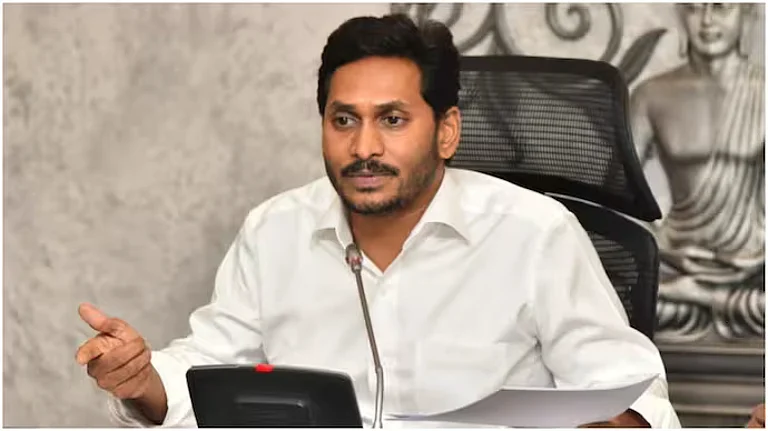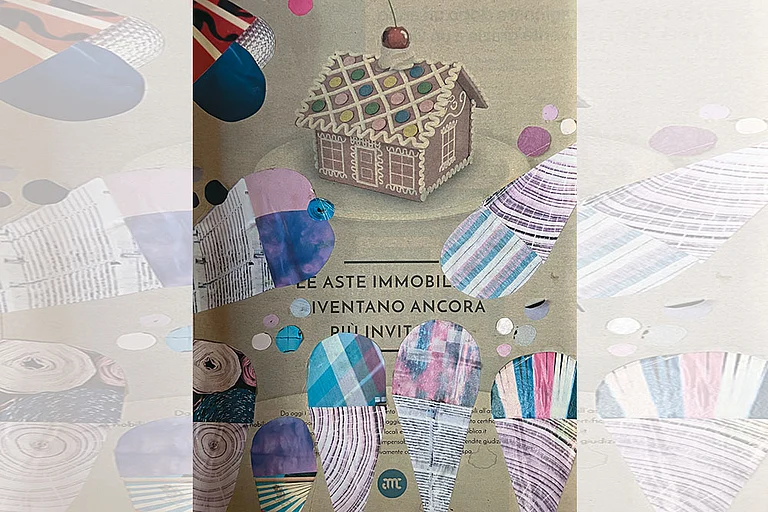Two years ago, one of my closest friends lamented to me about a lady who devoured her children’s share of samosa without showing any lines on her forehead.
This disturbs him to the core. How can a mother be so careless about her children’s desires? Uttering his notion of mother, he proposed: "Every woman couldn’t become a mother; to be a mother you should have, — compassion( Mamta)".
The good part is that he doesn't question the lady about her actions. But what if she was questioned for not performing the role of a good mother? Well, contemplate over this.
Qala, a film— holding excessively dark settings, directed by Anvitaa Dutt, first deconstructs the myth of the phenomenon called "Good Mother Image," who is kind-hearted, compassionate, and always available for sacrifice. In the film, the mother (played by Swastika Mukharjee) is portrayed in a peculiar way. She taunts her daughter, shames her, and makes her feel unworthy and undesirable since childhood. In short, she wants her child dead.
The Death Mother Archetype
For Marion Woodman, a Jungian Psychoanalyst— this is a top-notch case of Death Mother where a mother wants that her child should not have any existence and feels inadequate about her child. In an interview with anthropologist Daniel F. Sieff, Woodman defines Death Mother–
The Death Mother wields a cold, fierce, violent, and corrosive power. When Death Mother's gaze is directed at us, it penetrates both psyche and body, turning us into stone. It kills hope. It cuts us dead. We collapse.
She added, "This energy is most destructive when it comes from somebody that we love and trust. It's the archetypal Death Mother, which means we are with somebody who is supposed to love us and all of a sudden– bang! It’s what happened in the original trauma; we trusted our beloved mother and suddenly we were hit with the realization that we were not acceptable. We realized that our mother wished that we, or some part of us, was dead."
Qala (Tripti Dimiri), the protagonist, is born in an unpleasant condition. As her mother was told by the doctor that she sucked the food of her brother in the uterus, so he died and she lives. With twins, it always happens, the weaker child finds it difficult to survive.
Extremely haunted she is, in this man’s world, fate— compel her to be a mother of the same sex as she is.
From there, the mother has developed an ambivalent gaze toward Qala. Sometimes she wants her daughter to be dead, as evident in a scene where she puts a pillow on the infant Qala’s face.
Occasionally she desires to just change his daughter into a son, forcing her daughter to do hard work and put Pandit before her name instead of Bai after it.
She, herself, is vulnerable but to leave out that situation she implants her vulnerability on her daughter.
Later we see how the Qala becomes the victim of Death Mother. Numbed she is, trying to please her mother to get accepted; she led herself to be a perfect singer.
Trauma-World of Qala
Internalizing the image of being a likable daughter for her mother, Qala becomes hyper-vigilant in her actions. She creates her own parallel psychological world, what Sieff would call,
“Trauma-World”. Using her statement, —Growing up in a trauma-world, our lives become organized around fear, disconnection, and shame.
The phrase "Sorry Mama" proved to be her guard to come out of the fear. She was heckled for her look and for her performance in music. As it is visible in a scene where she was scorned— Aqal me zero. Shakal me zero. Zero Talent.( Brains are zero. Looks are Zero. Zero talent).
Added to the triggering, more or less paralyzed in her creativity, Qala has no friends or companions to share her trauma. No one is there for a heart-to-heart conversation with her.
On the other hand, in her parallel world, when she is trying to please her mother by her singing, another trigger attacks her, making her act berserk over the situation.
Her mother finds an orphan boy singer, Jagan (Babil Khan), who resembles her likely-to-be-son image. She adopts him.
At last, the mother has to take refuge in a man as she always desired for. She internalized the theory of the men’s world and values only men.
Qala’s attempts to enter the psyche of her mother to be likebale proved to be failed. The coming of Jagan made her more susceptible.
Fieff in her essay titled, Trauma-Worlds and the Wisdom of Marion Woodman describing retraumatization wrote—
The fear of retraumatization leaves us with a desperate (though often unconscious) need to control other people. To achieve that control, we might use shame, criticism, or violence against them.
Ignored by her mother continuously, retraumatization takes place in her psyche. With immense effort, she has to save a spot in her mother’s heart. Susceptible she is, to become like that adopted son, or in short a "man", she acts violently by putting mercury in Jagan’s drinkable milk.
This too was once told by her mother when Qala put a thermometer to check fever in Jagan’s mouth. She was harshly told that a singer would lose his voice if you put the mercury there. And she would know this if she really had any bond with music. The trauma revisited her.
For Jagan, his voice is everything. Mercury makes his voice hoarse and not conducive to singing. Finding that he couldn’t sing, Jangan hung himself from a tree.
Qala—after all of her efforts, facing sexual harassment and leading the life of Jagan gained excessive popularity in the music industry. Getting the Golden Vinyl Award, which once was desired by her mother, from Jagan, she finds that her mother is not happy with her, yet. She can’t please her mother with all of her efforts. She forgets that she can’t become a man.
Acknowledging that she can’t please her mother; the guilt of putting mercury that led to Jagan to hang himself comes in her conscious self. Her every effort got shattered to please her mother.
Crumbled, she is in her world; Jagan revisits her. His ghost whispers in her ears, enters her life, and appears in her mirror. Sleeping pills appear like mercury to her. Insects move on her hand like mercury.
At last, emulating Jagan’s life, she hung herself.
The female-solidarity showing Qala; sweetly prefers the word secretary instead of female secretary; chooses photographer in female-body, of course way of seeing too, over a male, is quite broken from the inside. Performing the role of a feminist pop-music-star, she finds herself divorced from her world just because she fails to please her mother.
Many people in our culture have a resemblance with the story of Qala film as I mentioned initially. We all have a couple of people who we used to love greatly but they somehow at the moment mocks us, makes us feel unworthy, undesirable, — not-worth living. They appear to us like a Death mother shadow.
Of all the things we embraced just to make a person happy they all went in vain. That person ferociously turns away from us. The numbness hits us. We never become the person that we all aspired to be. Chaos accompanies us. We got paralyzed in our creativity. We would appear invisible to all, as happened to Qala.
Healing the Wound
For those who have even a little resemblance with the Qala’s world. Or Qala film itself, Sieff in her essay describe that to be healed.
First, if we have grown up in the shadow of the negative or Death Mother, to be seen without judgment is a new experience that can bring healing, in and of itself. Second, to heal shame, we need to expose that shame to another person and be received with compassion. We also need to learn, through a lived experience, that we are worthy of being in a relationship; we cannot heal shame alone. Third, being seen in a nonjudgmental and supportive way counteracts the sense of isolation that is inherent in trauma.
She added, "We cannot change our past. Our wounds remain part of us. However, what can be changed is how we relate to our wounds, as well as to ourselves and to others."
References
1. https://danielasieff.com/media-type/writing/the-death-mother-as-natures-shadow-infanticide-abandonment-and-the-collective-unconscious/
2. https://www.danielasieff.com/wp-content/uploads/2017/06/Sieff-D.F.-2017-Trauma-worlds-and-the-wisdom-of-Marion-Woodman-Authors-copy.pdf
3. https://danielasieff.com/media-type/writing/confronting-death-mother-an-interview-with-marion-woodman/






















